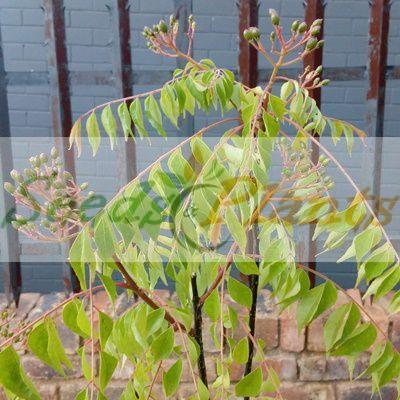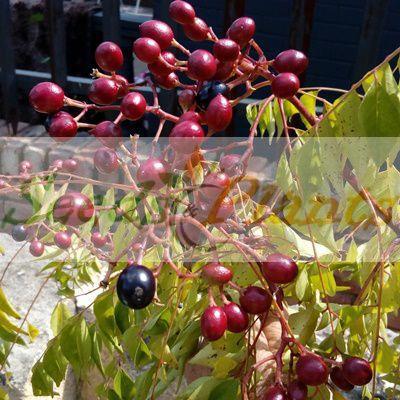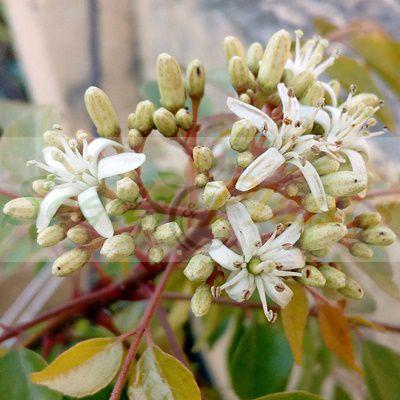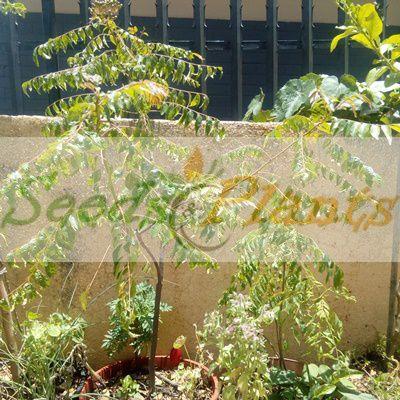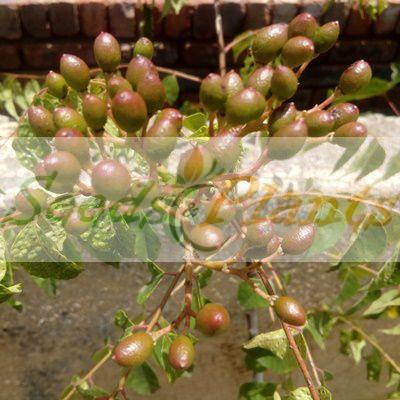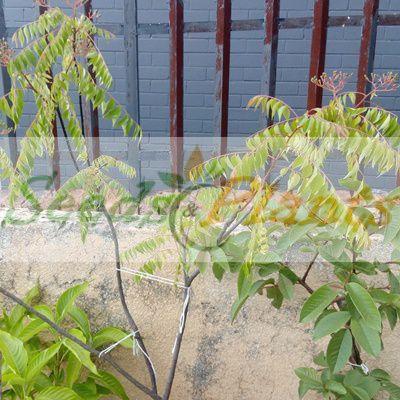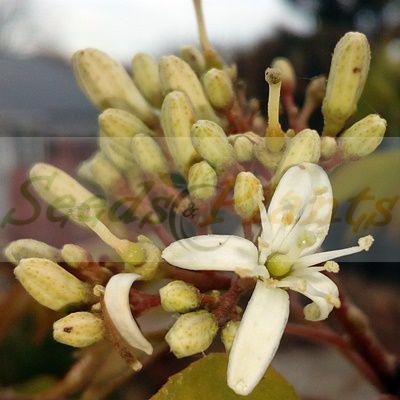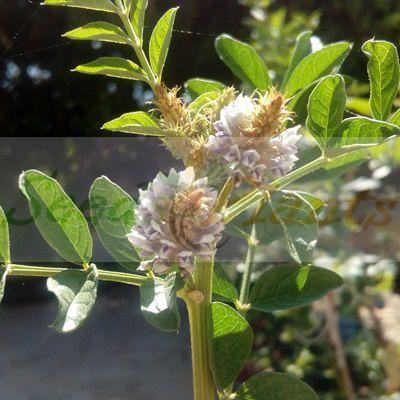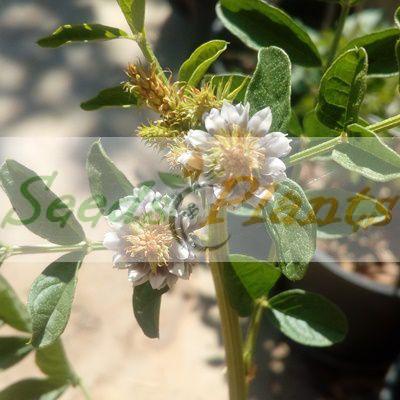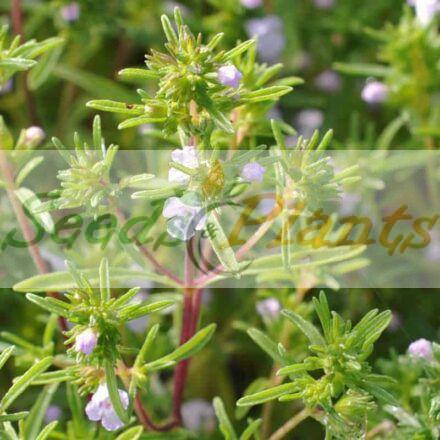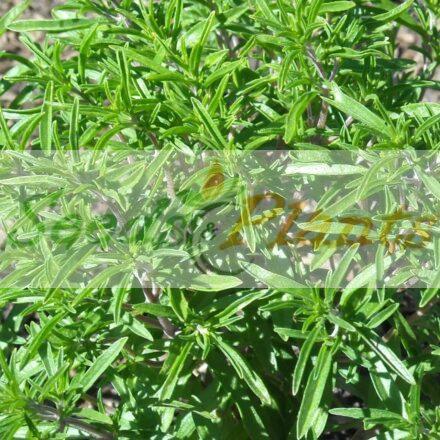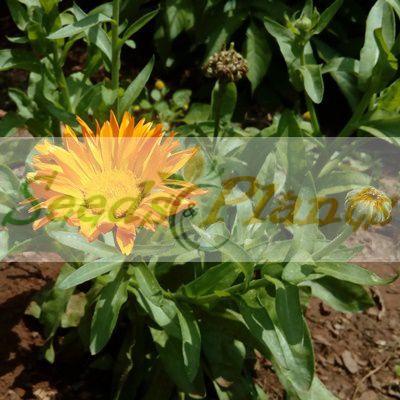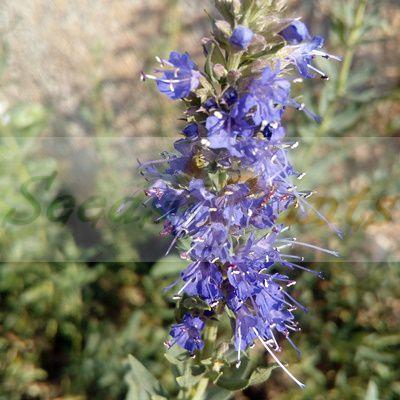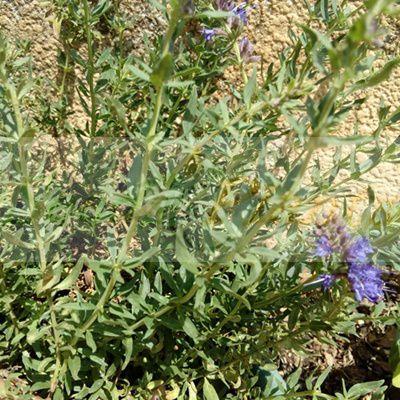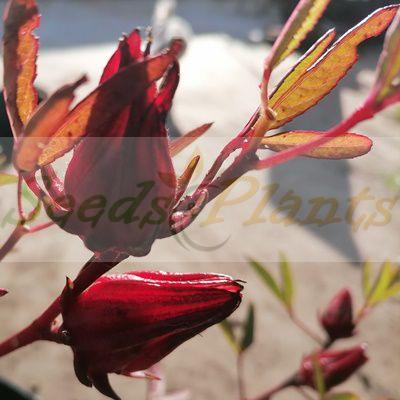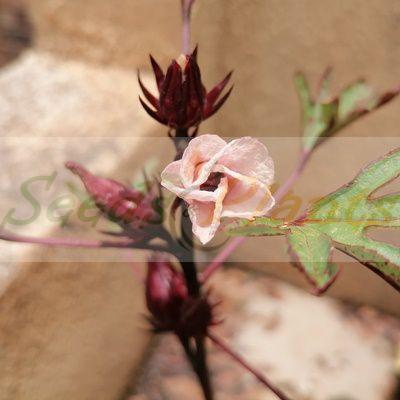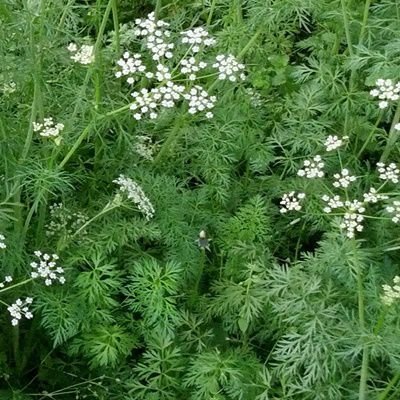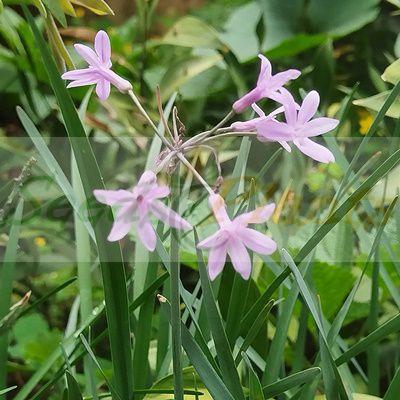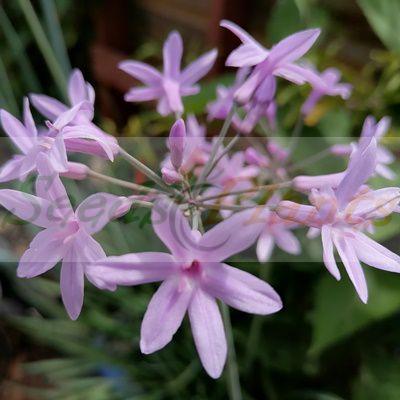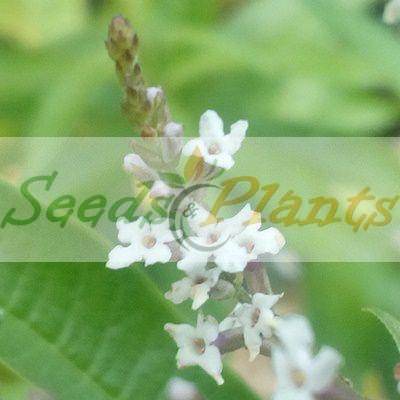Curry Leaf Tree – 5 Seeds
(Murraya koenigii)
R30.00
The edible products of the curry tree have been an important part of Indian cooking and Ayurvedic medicine for hundreds of years.
Common Names: Curry Leaf tree and Sweet Neem.
Seed Type: Organic – Harvested from our own trees.
Indoor Sowing: Spring.
Direct Sowing: Spring and Autumn.
In stock
Curry Leaf Tree Seeds. Common Name: Curry Leaf (Murraya koenigii)
Murraya koenigii is native to India and Sri Lanka and thrives in many other tropical and subtropical areas. It also grows very well in South Africa’s climate.
The tree is a Perennial and can grow up to 2.5m high. It can be successfully grown in pots.
The edible products of the curry tree have been an important part of Indian cooking and Ayurvedic medicine for hundreds of years.
Most commonly it is the leaves of the curry tree that are used and are known as called Curry leaves or Sweet Neem leaves. The plant also has landscape value, serving as a shade tree and, when planted in a row, a hedge and windbreak.
Curry Leaf Tree (Murraya koenigii) prefer full sun exposure with a small amount of shade and even though tropical can withstand mild frost in the cooler months. The curry tree is a slow starter but once established can live for up to 50 years if properly cared for.
Curry Leaf Tree Culinary Uses
- Curry Leaves are used as an important food flavoring in Indian and Asian cuisine, much like bay leaves, and especially in curries with fish or coconut milk.
Curry Leaf Tree Medicinal Benefits:
- The leaves, bark and root can be used as a tonic and a stomachic.
- The green leaves are stated to be eaten raw for curing dysentery, and an infusion of the washed leaves is said to stop vomiting.
- It is also strong antibacterial and antifungal.
- The leaves are used in Ayurvedic medicine to stimulate the cardiovascular system and as an anti-diabetic, anti-oxidant, anti-microbial, anti-inflammatory, hepato-protective and anti-hypercholesterolemic.
- Curry leaves are also known to be a hair tonic.
Indoor Sowing: Spring.
Direct Sowing: Spring and Autumn.
- Seeds can be started indoors in Spring or direct sown in Spring or Autumn.
- Sow the Curry Leaf Tree Seeds in small plastic pots filled with moist, fresh soil or seed-starting compost or direct sow outdoors in containers or garden beds. .
- Sow it at a depth equal to its diameter.
- Cover the seed completely with a layer of soil and firm the soil well.
- Place the pot in a warm, lightly shaded location with bright light.
- Cover the pot with clear plastic sheeting or a propagation dome to hold warmth and humidity around the curry leaf seed.
- Keep the soil slightly moist and not soaking wet, as overly wet soil may cause the seed to rot.
- Germination can take place anything from 2 – 6 months, so patience is required.
- Transfer the pot with emergent curry leaf seedlings to a warm, bright and sheltered location outdoors.
- Slowly acclimate the curry leaf seedlings to direct sun over the course of one to two weeks until they can stand full sun exposure for six hours without wilting or scalding.
- Grow them in full sun, applying 1 inch of water weekly for at least one year before transplanting them into the garden.
Disclaimer
Medicinal Information:
All medicinal information on this website is for educational and informational purposes only and may not be construed as medical advice. The information is not intended to replace medical advice or treatment offered by healthcare professionals.
Seeds, Plants, Plant Cuttings, Geophytes and Dried Herbs:
In some countries and provinces, certain plants are deemed as invasive and are not allowed to be planted at all, whilst some plants are allowed to be grown only in certain areas or provinces. The onus is on you as the buyer to familiarize yourself with the regulations pertaining to your location, before purchasing any of our seeds, plants, plant cuttings, geophytes or dried herbs. We will not be held liable, should you purchase any seeds, plants, plant cuttings, geophytes or dried herbs. from us which are prohibited in your country or province.



